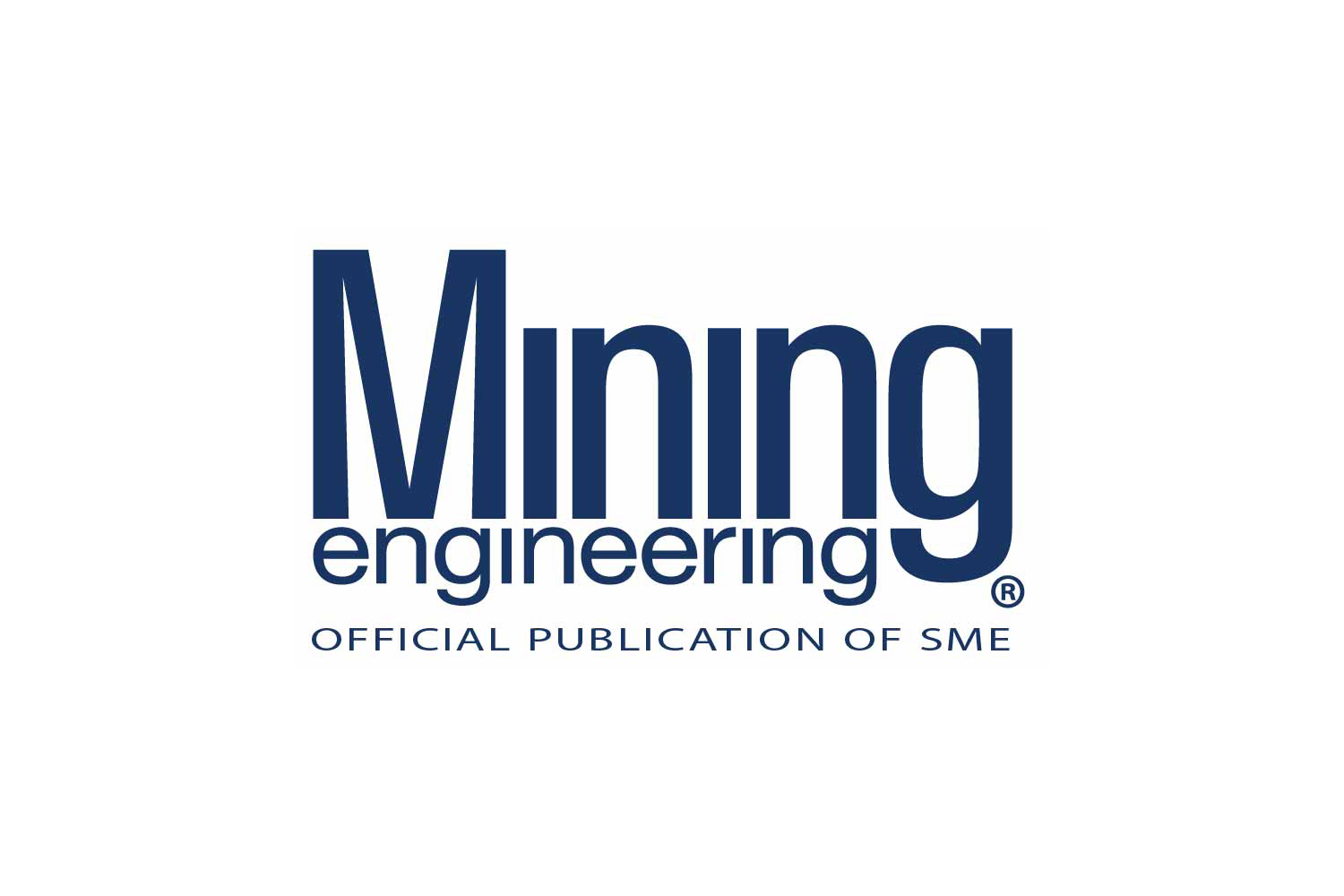
The U.S. Army Corps of Engineers has completed its Preliminary Final Environmental Impact Statement for the proposed Pebble Project in Southwest Alaska and released the draft document to cooperating agencies and stakeholders in the Bristol Bay region. The document, while not official, portrays the project as one that could co-exist with the fisheries and water resources of Bristol Bay, while making a substantial positive contribution to the socioeconomic health and well-being of local communities.
Sheila Newman, deputy chief of the Army Corps’ Alaska District Regulatory Division, said in a teleconference that the preliminary EIS was not intended for public release, but had been distributed to cooperating agencies and Bristol Bay Tribes.
The draft document that was leaked to media outlets and is currently under review by various regulatory agencies, including the U.S. Environmental Protection Agency (EPA) and Alaska tribes, states that “all data gaps” identified during a recent public comment period have been filled.
However, some of those stakeholders voiced opposition to the project after the preliminary document was released to them Tuesday.
“The Army Corps’ preliminary final EIS falls short of the directive given by other cooperating agencies, Alaska’s Senator Lisa Murkowski, and the rest of Congress,” said Commercial Fishermen for Bristol Bay Director Katherine Carscallen. “The preliminary final EIS is more of the same; this administration’s priority is a purely political process that completely ignores well-documented science and the voices of Alaskans.”
Newman was asked during about the opposition and concerns expressed by Commercial Fishermen for Bristol Bay.
“There is a whole team of scientists doing exactly a science-based analysis,” Newman said. ”We’ve got multiple divisions of the state, the federal government. We’ve got two tribal councils, the Lake and Peninsula Borough — all groups of experts doing exactly scientific analysis for review of this permit application. And we continue to do that. We continue to collaborate on comments received and analyze information all the way up through the preliminary final EIS until we release the final.”
Pebble Partnership chief executive officer Tom Collier said the information in the near final report was positive and demonstrates the project can be done without harming the Bristol Bay fishery and would be beneficial to communities closest to the project.
“We are encouraged by the information in this leaked copy of the executive summary and believe the final EIS will support issuing a permit for the construction of a mine at Pebble and that it can be done responsibly. The findings show the project can be developed without harm to the Bristol Bay fishery and would have important economic benefits for communities closest to the mine,” said Collier.
According to the U.S. Army Corps of Engineers’ website, the final EIS is due to be released in mid-2020, and the Record of Decision, which will either issue a permit, issue a permit with conditions or deny the application, a minimum of 30 days later.
If permitted, Pebble would be North America’s largest mine, according to a study by the Center for Science in Public Participation. Current resource estimate includes 6.5 Gt (7.2 billion st) in the measured and indicated categories containing 57 billion pounds of copper and 71 million ounces of gold, 3.4 billion pounds of molybdenum and 345 million silver ounces.
Source : me.smenet.org
